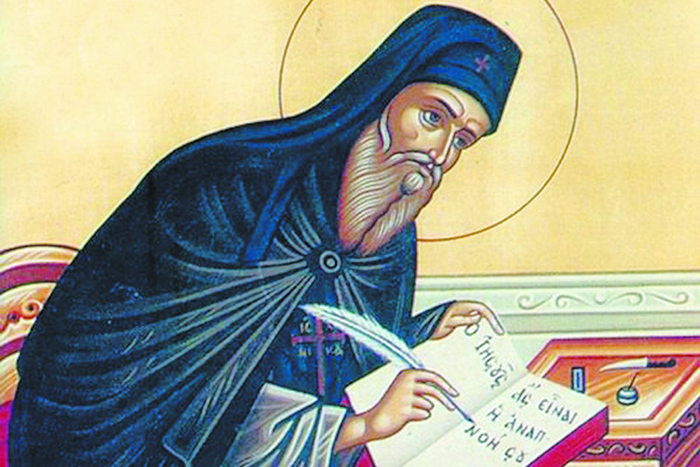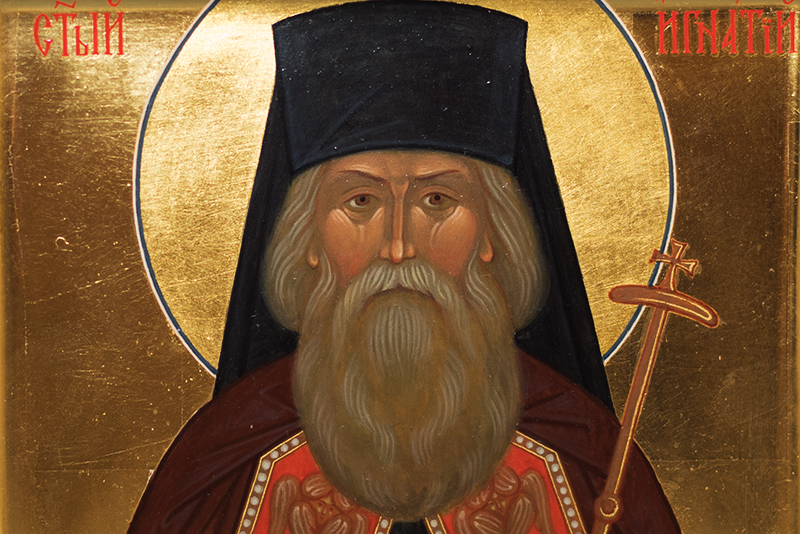
“Papacy” and “Byzantium” appear mutually antagonistic (if not hostile) in our minds. At a certain period in Byzantine history, its emperors dreamed of bringing the Apennine Peninsula under their control, which would also mean establishing control over the Roman throne. At the same time, the bishops of Rome always defended their political and ecclesiastical independence and used every opportunity to strengthen their influence both in the West and in the East. In the first half of the 6th century, the Byzantians managed to reconquer Italy from the Goths, which marked the beginning of the so-called Byzantine papacy period. For more than two following centuries most of the popes were of Eastern origin, and their election was approved by the Byzantine emperor. What are the main features of the Byzantine papacy? What did that period give to the Roman church?
Theological heritage
During that entire period, the Roman Church has been adopting from the East not only liturgical customs but also the entire theological system in the tideway of the Christian East. That is not only due to the Eastern origin of the popes but also to because of the conquest of Rome by the barbarians depleting the theological and cultural strength of the West for a long time. The personality of St Maximus the Confessor is one remarkable example illustrating the theological influence of the East. Together with his Palestinian Greek friend and the future saint, Pope Theodore I, he paved the way for the 649 Lateran Council in Rome, known for condemning the heresy of Monothelitism. “For the first time in more than a century, the Church of Rome was able to conduct theological discussions with Byzantium on an equal footing, both on the intellectual and rhetorical fields. The irony was that Rome experienced some theological revitalization, not based on its own sources of piety, but rather on the collaboration of the Greek-Palestinian Pope and the Constantinople monk and applying a theological discourse that was deeply Eastern in nature” (Ekonomou, 2007, p. 116).
The influence of the East has been felt in Rome since as early as the time of St. Gregory the Great, a former apocrisiarius (a diplomatic post) in Constantinople. In particular, Pope Gregory’s Mariology (teaching about the Mother of God) has some Byzantine features (Ekonomou, 2007, p. 18). Let us not forget that the veneration of the Virgin Mary within the framework of divine services began in the East.
Paradoxically enough, the coin of the Eastern theological influence, also had a reverse side for the Byzantine authorities. Thus, “the deeper and more refined theological interests” (Duffy, 1997, p. 68) of the Greek popes enriched the arguments arsenal in defending the primacy of the Roman pontiff. New arguments were honed in the course of various confrontations with the emperor.
Liturgical influences
Many churches in Italy and Sicily began to follow some of the Eastern liturgical patterns. For example, Roman parishes adopted the practice of singing Alleluia in the liturgy, except for the 50 days from Easter to Pentecost. In one of his letters, St. Gregory approves of that practice, denying, however, its Constantinople origin and believing that Rome borrowed it from Jerusalem through St Jerome of Stridon and St Pope Damasus I. St. Gregory also denied that the rules allowing subdeacons to participate in Mass without wearing a sticharion were borrowed from New Rome (a custom of Constantinople, possibly related to the heat).
The Roman Church adopted the eastern tradition of singing “Kyrie Eleison”, notably, in Greek language. However, for a possible reason of somehow distinguishing its own practice from the Greek, “Lord have mercy” was sung in Rome exclusively by clergymen rather than by the whole congregation. The words “Christ have mercy” were later added to the prayer by the same Pope Gregory. St Gregory the Great himself often denied that, but the fact remains that he was the conductor of the Byzantine traditions in Rome. Thus, the saint organized a series of liturgical processions in Rome, during which the clergy and the congregation prayed to God for an end to the plague. A parallel can be drawn here with the famous Constantinople tradition to begin the Liturgy on city streets and squares, where numerous processions of the cross with litanies were held. All that Gregory could observe while still a papal apocrisiarius under the emperor. After St Gregory’s death, the eastern influence on the Roman Church intensified even more. For example, Pope Sergius I (650-701) introduced the Syrian tradition of singing the “Lamb of God” (Agnus Dei) into the Roman rite. Conversely, he did it rather in opposition to the eastern Quinisext Council ( 691), which forbade portraying Christ as a Lamb.
This article describes only some of the theological and liturgical influences of Byzantium on Rome. However, the period of “Byzantine papacy” is also marked by influences in the field of architecture, music, art and language. All of that testifies to the lively cultural and theological exchange that took place in the church despite the political and doctrinal opposition already existing at that time.




